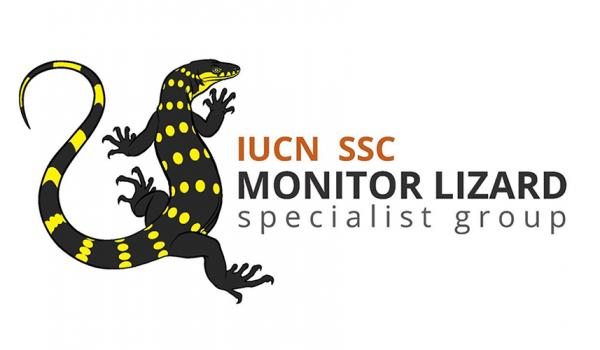Varanus niloticus
Nile monitor
TAXONOMY: Genetically this species complex is geographically divided into three lineages; a western, northern and southern African (Dowell et al. 2016), therein Varanus ornatus has been synonymized with V. niloticus; more reseearch may validate Varanus stellatus representing the western lineage of Varanus niloticus
DISTRIBUTION: Angola, Benin, Botswana, Burkina Faso, Burundi, Cameroon, Central African Republic, Chad, Congo?, Democratic Republic of the Congo, Republic of the Cote d’Ivoire, Djibouti?, Egypt, Equatorial Guinea?, Eritrea, Eswatini (formerly Swaziland), Ethiopia, Gabon, Gambia, Ghana, Guinea, Guinea-Bissau, Kenya, Lesotho, Liberia, Malawi, Mali, Mauritania, Mozambique, Namibia, Niger, Nigeria, Rwanda?, Senegal, Sierra Leone, Somalia, South Africa, South Sudan?, Sudan, Tanzania, Togo, Uganda, Zambia, Zimbabwe (see Auliya & Koch 2020)
RED LIST STATUS: Least Concern (LC) in 2019
CITES: Appendix II
NATIONAL PROTECTION:
Togo. – The species is not protected, and widely used for domestic purposes and the international pet trade
THREATS:
Benin. – In the National Red List of Benin, V. niloticus is classified as Near Threatened (NT). Although studies to assess the extent of threats to monitor lizards are lacking in Benin, the main threats identified so far are overhunting (their products and by-products are common in traditional medicine and bushmeat markets), habitat loss due to illegal logging and land conversion to agriculture and urbanization. In northern Benin they have been largely extirpated. V. niloticus is more common in the markets of traditional medicine and bushmeat.
RESEARCH NEEDS:
Benin. – Information on the overall distribution of the species in Benin is lacking. Surveys are urgently required for populations of V. niloticus to provide data on size and abundance and population density estimates and assess potential local threats. Many aspects of the species’ life history remain uninvestigated, e.g., morphological characteristics, growth, nesting behaviour, survival rates and habitat selection that are important to understand how these are impacted by the varying threats. With this knowledge, appropriate conservation management programs can be developed.
Besides, it is important to identify the genetic status of the species, that is essential to distinguish populations also compared to those of range States. Further it is to maintain genetically pure stocks in wildlife farms; genetic identity of farm-reared V. niloticus must be ascertained through molecular techniques prior to release into wild populations (prevent genetic pollution). Also, research should check if hybridization occurs between V. niloticus and V. ornatus.
CURRENT PROJECTS:
Benin. – Restauration of sacred natural sites of sacred monitor lizards in northern Benin in order to register it on Indigenous and Community Conservation Area (ICCA).
Adult Varanus niloticus, Oued le Glat, Tagant, Mauritania © Mark O’Shea
Adult Varanus niloticus, ….. , Benin @ Bio Ouré R
Adult Varanus niloticus, Oued le Glat, Tagant, Mauritania @ Mark O’Shea
Adult Varanus niloticus, Sansibar © Przemyslaw Zdunek





